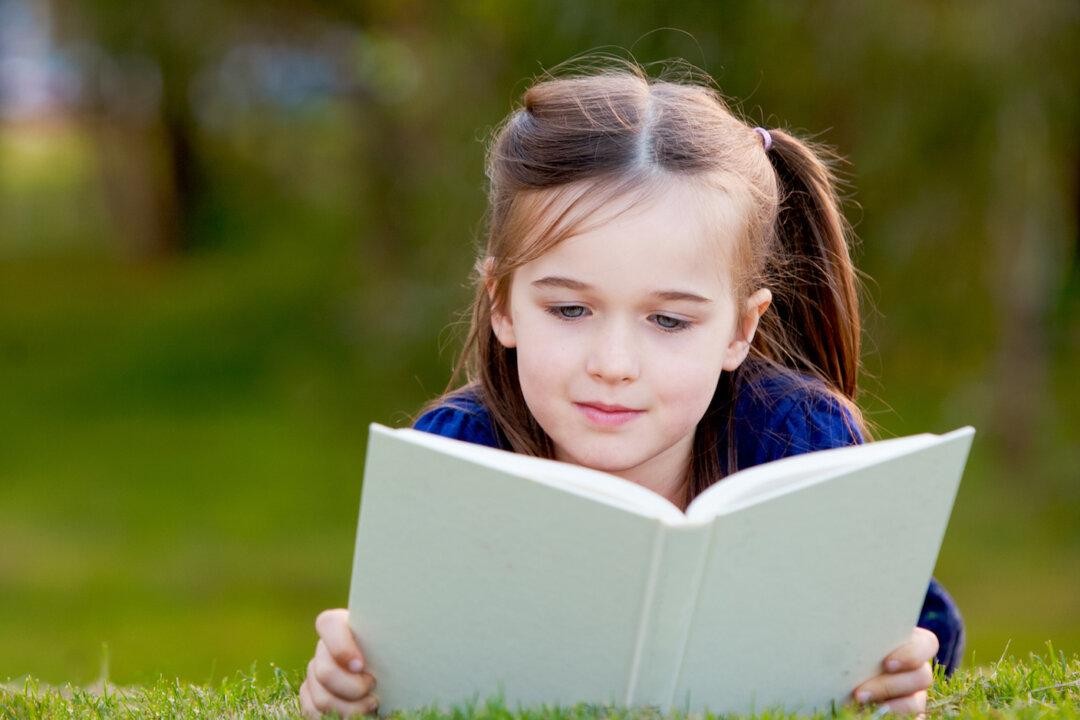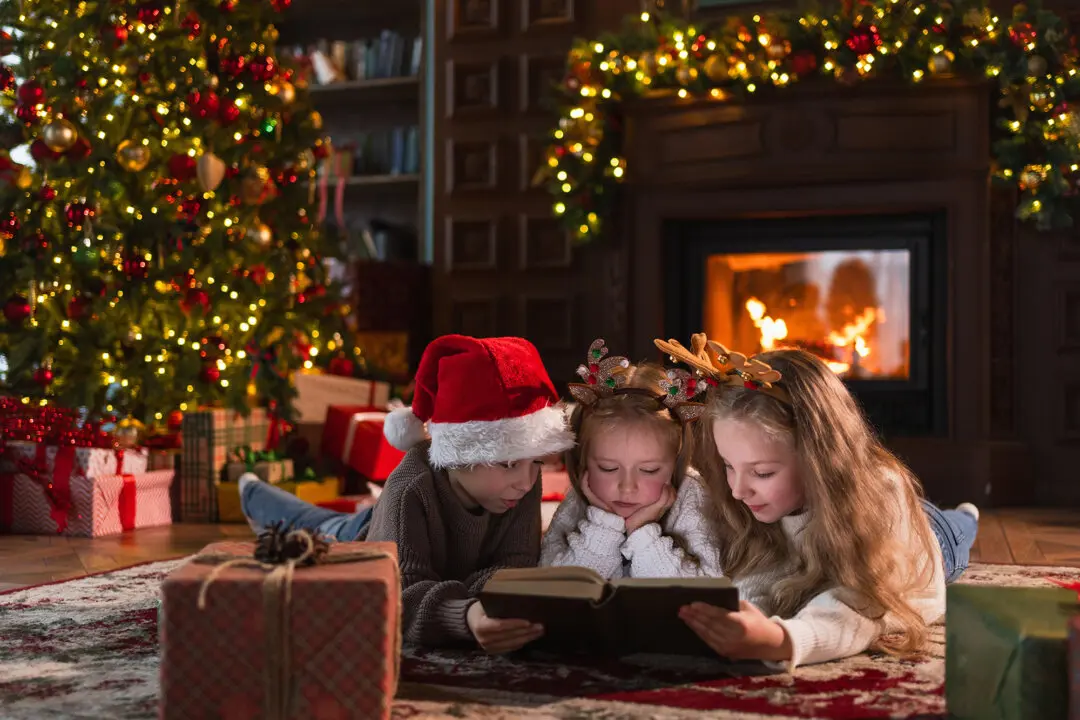It’s Tuesday, a warm summer evening in Virginia, and CC, as she spells it, is giving me a guided tour of her library. On the bookcase in the den are the two books she’s currently reading, Maud Hart Lovelace’s “Betsy-Tacy and Tib” and “Happy Little Family” by Rebecca Caudill. “This one’s about five children and their mother and father,” she says, then reads aloud the blurb on the back cover, gliding effortlessly over words like imagination, arrowheads, and rattlesnake.
She then leads me downstairs to another shelf, a collection of stories for slightly older readers, including several from that publisher of fine literature for young people, Bethlehem Books. We next enter a guest bedroom, where one shelf of the bookcase is devoted to the series “Childhood of Famous Americans,” fictionalized biographies that comprised my own favorite reading long ago in elementary school. They’re some of CC’s favorites, too. “I like them because they’re true,” she says, “and they teach me a lot of stuff that I don’t know and I can learn the history of America. The first one I read was Abigail Adams. She’s really fun to learn about.” When I wonder aloud how many of these biographies she owns—she’s read them all—she says “Let me count them,” and tallied up 20 titles with her index finger.






